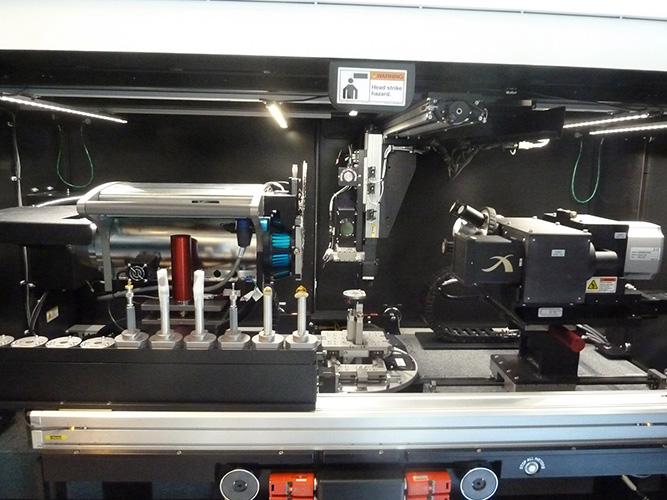
Our understanding of the evolution of teeth and their replacement is traditionally based on the most basal living jawed vertebrates, the chondrichthyans. This approach ignores the hundreds of millions of years of evolution along the stem of chondrichthyans.
We use digital, non-destructive methods, such as synchrotron tomographic microscopy at the Swiss Light Source (SLS), with a particle accelerator as source for X-rays and Micro-CT scanning at Naturalis. These methods allow visualizing growth lines, resorption lines and other histological structures of fossil and recent vertebrates. Contrary to the traditional hypothesis that jaws evolved long before teeth with teeth lacking in the first jawed vertebrates, we showed that the first teeth evolved in placoderms, the sister group to all living jawed vertebrates. Our research contradicts the traditional model of the evolution of tooth replacement from a chondrichthyan-like condition in a deep dental lamina and argues for a non-replaced basal condition. We trace the development of tooth replacement in jawed vertebrates, including stem-group chondrichthyans and osteichthyans and complete our sampling with basal sarcopterygians.
Figure: Micro-CT scanner Naturalis